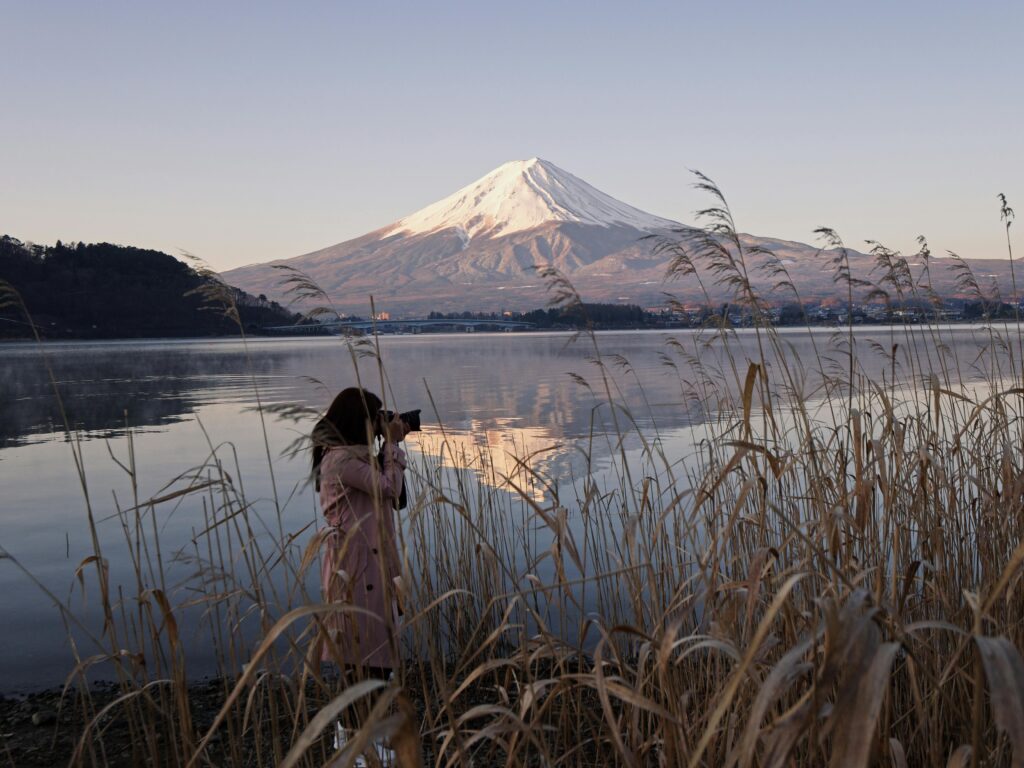Travel is more than just visiting new places—it’s about experiencing moments that linger in your memory long after you return home. The best way to preserve and share these moments is through a travel photo story. Unlike a random collection of snapshots, a photo story weaves your journey into a compelling narrative, capturing the essence, emotions, and discoveries of your adventure. This guide will show you how to create a powerful travel photo story, from planning your shots to editing and sharing your visual tale.
Why Create a Travel Photo Story?
- Deeper storytelling: A photo story goes beyond single images, offering context, continuity, and emotion.
- Memorable keepsake: It becomes a visual diary you can revisit and share for years.
- Inspires others: Well-crafted stories engage friends, family, and fellow travelers.
- Personal growth: The process helps you reflect on your journey, notice details, and improve your photography skills.
Planning Your Travel Photo Story
1. Define Your Narrative
Before you even pack your bags, think about the story you want to tell. Ask yourself:
- What is the purpose of your trip? (Adventure, relaxation, cultural exploration, volunteering, etc.)
- What themes or emotions do you want to capture? (Discovery, wonder, connection, solitude, etc.)
- Who is your audience? (Family, friends, social media, a blog, or just yourself.)
2. Research Your Destination
- Look up iconic landmarks, hidden gems, local events, and unique customs.
- Check out photo stories or travel blogs for inspiration.
- Make a shot list of must-capture moments, but stay open to spontaneity.
3. Prepare Your Gear
- Bring a camera you’re comfortable with—DSLR, mirrorless, compact, or smartphone.
- Pack extra batteries, memory cards, and a lightweight tripod.
- Consider a notebook or app to jot down notes, captions, or shot ideas.
Shooting for a Photo Story: Essential Tips
1. Capture a Variety of Shots
A strong photo story includes different types of images:
- Establishing shots: Wide views that set the scene (cityscapes, landscapes, markets).
- Details: Close-ups of textures, food, signs, or hands at work.
- Portraits: Locals, fellow travelers, or yourself interacting with the environment.
- Candid moments: Unposed, authentic scenes that reveal the spirit of a place.
- Action: Movement, events, or activities that add energy.
- Transitions: Shots that show movement from one place or moment to another (roads, vehicles, signs).
2. Think in Sequences
Tell a story with a beginning, middle, and end. For example:
- Beginning: Arrival, first impressions, unpacking, or entering a new city.
- Middle: Activities, discoveries, challenges, and highlights.
- End: Reflections, farewells, or a final sunset.
3. Use Light and Composition Creatively
- Shoot during golden hour for warm, flattering light.
- Use leading lines, framing, and the rule of thirds for dynamic compositions.
- Play with perspectives—shoot from high, low, or unusual angles.
- Capture both wide shots and intimate close-ups for variety.
4. Focus on People and Emotions
Faces, gestures, and interactions bring your story to life. Ask for permission when needed, and try to capture genuine expressions and connections.
5. Be Present and Observant
The best moments often happen when you least expect them. Stay alert, curious, and ready to shoot, but also take time to enjoy the experience without the camera.
Building Your Photo Story: Selection and Sequencing
1. Cull and Curate Your Images
- Review all your photos and select those that best fit your narrative.
- Look for images that evoke emotion, show progression, or highlight contrasts.
- Avoid repetition—each photo should add something new to the story.
2. Sequence for Flow
Arrange your selected images in a logical, engaging order:
- Start with an opening shot that draws viewers in.
- Alternate between wide, medium, and close-up shots for rhythm.
- Use transitions to guide the viewer through different locations or moments.
- End with a strong closing image that leaves a lasting impression.
3. Write Captions and Context
Captions add depth, context, and personality to your photo story. Share what you felt, learned, or noticed in each moment. Keep captions concise but meaningful.
Editing Your Travel Photo Story
1. Consistency is Key
- Apply similar editing styles (color, contrast, tone) across your images for a cohesive look.
- Use presets or filters sparingly—focus on enhancing, not overpowering, your photos.
2. Enhance, Don’t Overdo
- Adjust exposure, contrast, and white balance to match your memory of the scene.
- Crop to improve composition and remove distractions.
- Sharpen details and reduce noise, especially for night or low-light shots.
3. Tell the Truth
- Avoid excessive retouching or manipulation that misrepresents the place or people.
- Authenticity resonates more than perfection.
Sharing Your Travel Photo Story
1. Create a Photo Book or Album
Print your story as a photo book or album—a tangible keepsake you can revisit and share with others.
2. Start a Blog or Website
Share your story online with a wider audience. Use storytelling techniques, combine images with text, and organize by trip, theme, or location.
3. Social Media Storytelling
- Use platforms like Instagram, Facebook, or Pinterest to share your photo story in posts, carousels, or stories.
- Pair images with engaging captions and relevant hashtags.
- Consider creating a highlight reel or video montage.
4. Slideshows and Presentations
Share your journey with friends, family, or travel groups through slideshows or presentations, adding narration or background music for extra impact.
Tips for Different Types of Travel Photo Stories
Adventure Travel
- Focus on action shots—hiking, biking, kayaking, or climbing.
- Capture the environment, gear, and moments of triumph or challenge.
- Show the journey, not just the destination.
Cultural Immersion
- Highlight local traditions, festivals, crafts, and cuisine.
- Photograph interactions with locals, artisans, or guides.
- Include details like street art, market scenes, or religious rituals.
Nature and Wildlife
- Use wide shots for landscapes, close-ups for flora and fauna.
- Show the relationship between people and nature—conservation, farming, or recreation.
- Capture changing light and weather for drama.
Urban Exploration
- Mix cityscapes, street life, architecture, and candid moments.
- Look for contrasts—old vs. new, quiet vs. busy, day vs. night.
- Capture the city’s rhythm through movement, crowds, and unique details.
Common Mistakes to Avoid
- Too many similar shots: Variety keeps the story engaging.
- Lack of context: Isolated images can feel disconnected—show the setting and environment.
- Over-editing: Heavy filters or effects can distract from the narrative.
- Ignoring people: Including locals or fellow travelers adds life and relatability.
- Not backing up your photos: Always save copies to the cloud or an external drive.
Final Thoughts: Your Journey, Your Story
Creating a travel photo story is about more than technical skill—it’s about seeing the world with curiosity, empathy, and a storyteller’s eye. By planning your shots, capturing a range of moments, and weaving them into a cohesive narrative, you’ll create a visual journey that’s as memorable for others as it is for you. So next time you travel, don’t just take pictures—tell your story, one image at a time.


